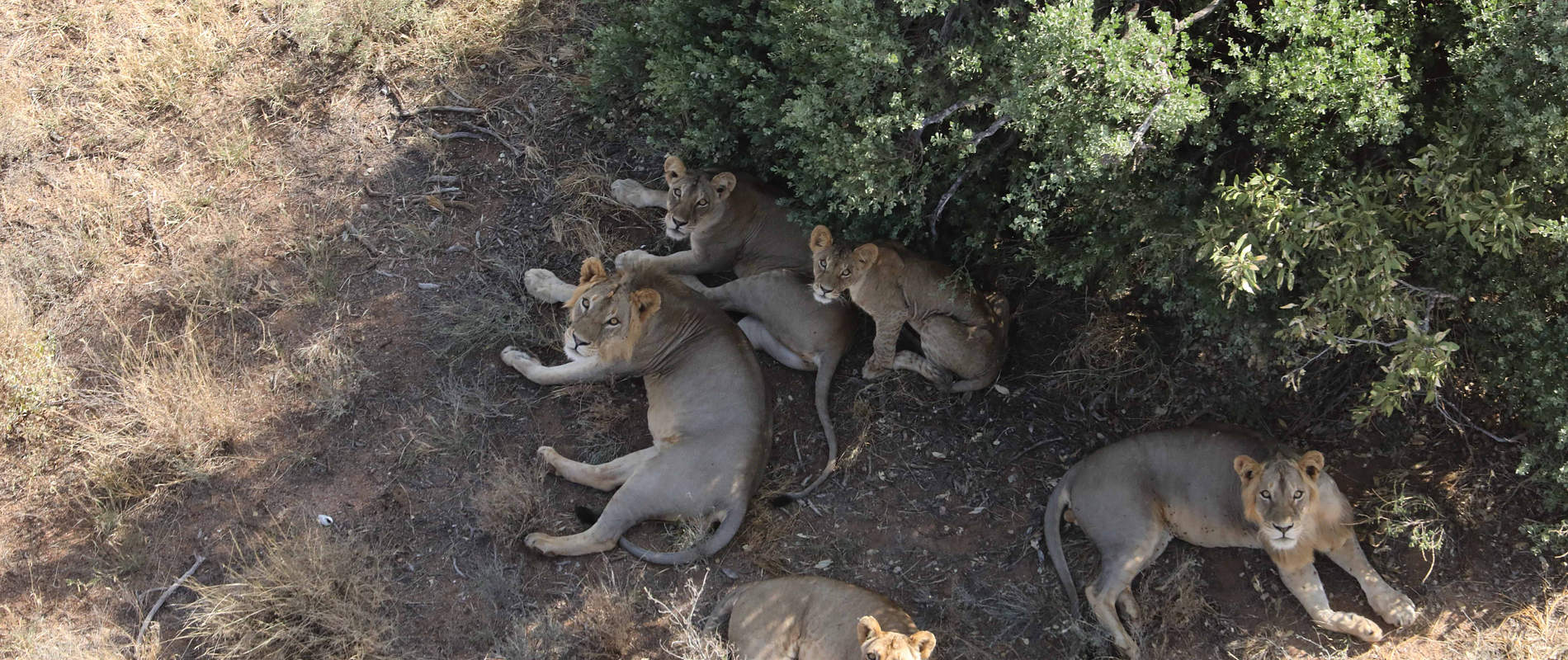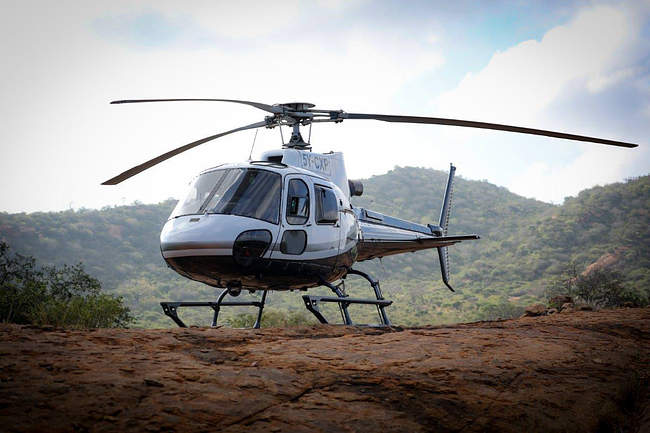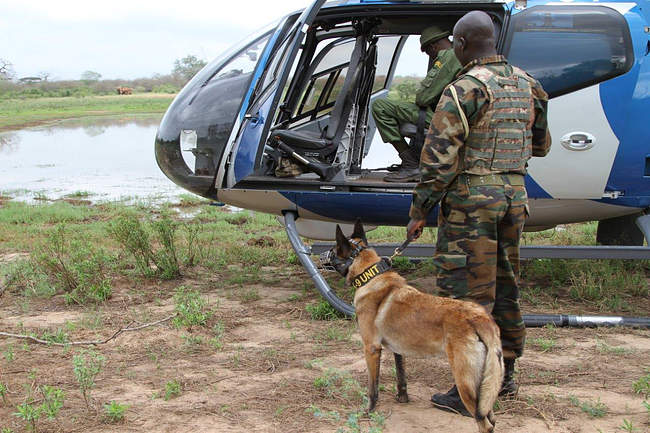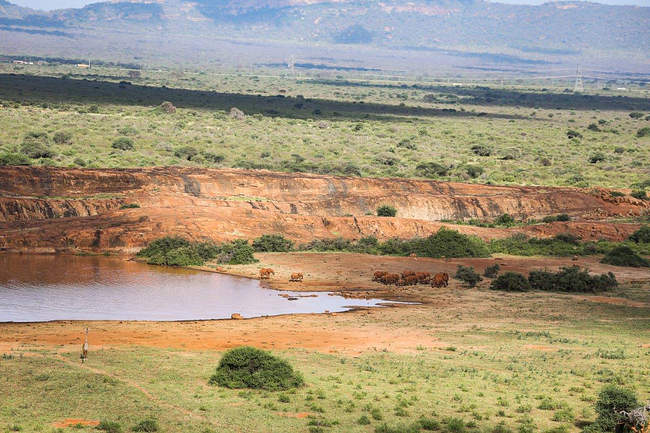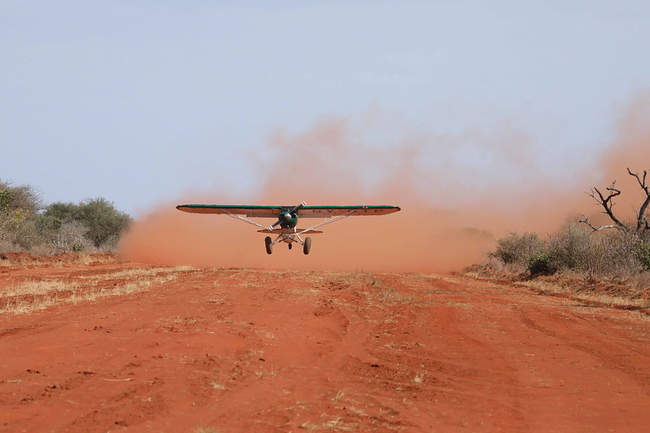Human-elephant conflict (HEC) continued in February but was limited to a small area along and to the north of the Mtito River, which forms part of the boundary of Tsavo East National Park. A frequent culprit was a bull known as ‘Ngiluni’ who was collared in the same area and relocated to Tsavo West in January.
In addition to this, the helicopter attended to 4 other HEC cases in this area; three of these were to push multiple herds of elephants back into the Park, and one was the unsuccessful search for a herd of problem elephants that had been reported by the communities in the Lukenya area.
Generally, there was a reduction in illegal livestock sightings in February, with small numbers of herds being detected in relatively close proximities to boundaries in Tsavo East; however, patrols in Tsavo West discovered as many as 8 livestock enclosures in a single patrol. Poaching activity remained minimal in February with five incidents recorded, including a recent cooking fire, two week-old shooting blinds, one old shooting platform and a non-active hideout in a baobab.
Some logging activity was observed in the northwest of Tsavo East, with a total of three cut trees sighted, and again, no fresh activity. While the largescale charcoal operation that has persisted intermittently for the last several years in the northeast corner of Tsavo East remained dormant, there was a sudden increase in charcoal activity in Gazi.
Only one veterinary case was attended to with aerial support and that was on Rukinga Ranch where a giraffe was spotted with an arrow in its neck. Although the treatment was successful, the giraffe was given a guarded prognosis. Other illegal activity observed in Tsavo West included an active gemstone mine, coordinates provided to ground teams for action.
The usual highlights included multiple sightings of leopard and wild dog, as well as lion and elephant.

